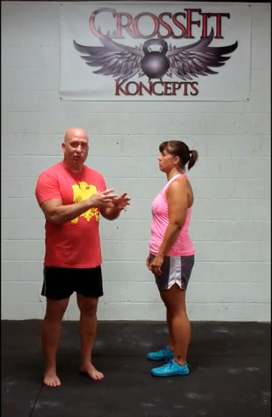The Turkish Get Up is an exercise that checks all the boxes. This exercise is still a mystery to me after all these years of teaching it. Every time I teach it, do it, and watch others do it, I learn something new. It checks every box I can think of as a strength coach.
The boxes I’m talking about are:
- Power
- Balance
- Mobility
- Flexibility
- Explosivity
- Posture
- Core
- All planes of motion
- Therapeutic
- Meditative
- Mentally challenging
10-minutes of practicing this exercise in a way that’s right for your body is a powerful experience and it pairs well with others too, meaning it’s an easy exercise to superset. My favorite combination is TGUs and single arm swings.
Here’s a video illustrating all the most important elements to take into account when performing the Turkish Get Up:
I’m a busy person, I live a blessed life. My days are full — as I foster children, I have children, I’m married, I run a couple of businesses, I’m an active parishioner at my church and participant at my men’s group. I’ve got a lot going on! This means what I don’t have is a lot of time to workout. So for me, finding exercises that maximize potential and results are important.
It’s already known that when kettlebells are properly trained and programmed, they are the highest caloric output form of conditioning and they have little to no impact. They’re very safe and effective.
This way I don’t need to spend too much time foam rolling, stretching, meditating etc. I can just set a timer for 20 minutes, do 1 TGU per side, stand up and do 10 swings per arm and repeat. After the 20 minutes, I’m smoked in all the right ways yet energized to move forward into the day and serve.
Have you tried spending the time to learn how to do a proper TGU? And from there how to program it into your routine? And from there stick to it for a few years on a daily basis? I highly recommend it!
***
Nick Lynch, Founder Superb Health and Performance www.superbhealthmke.com
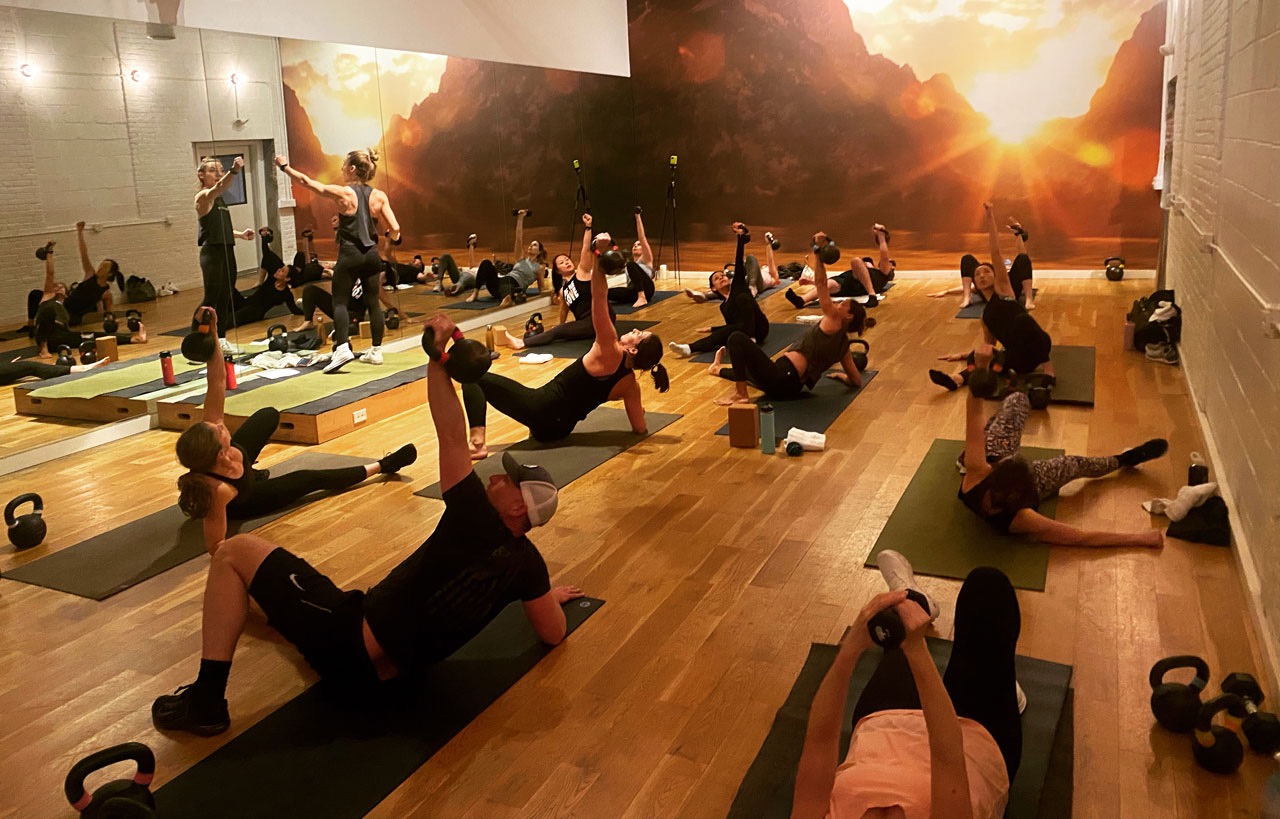
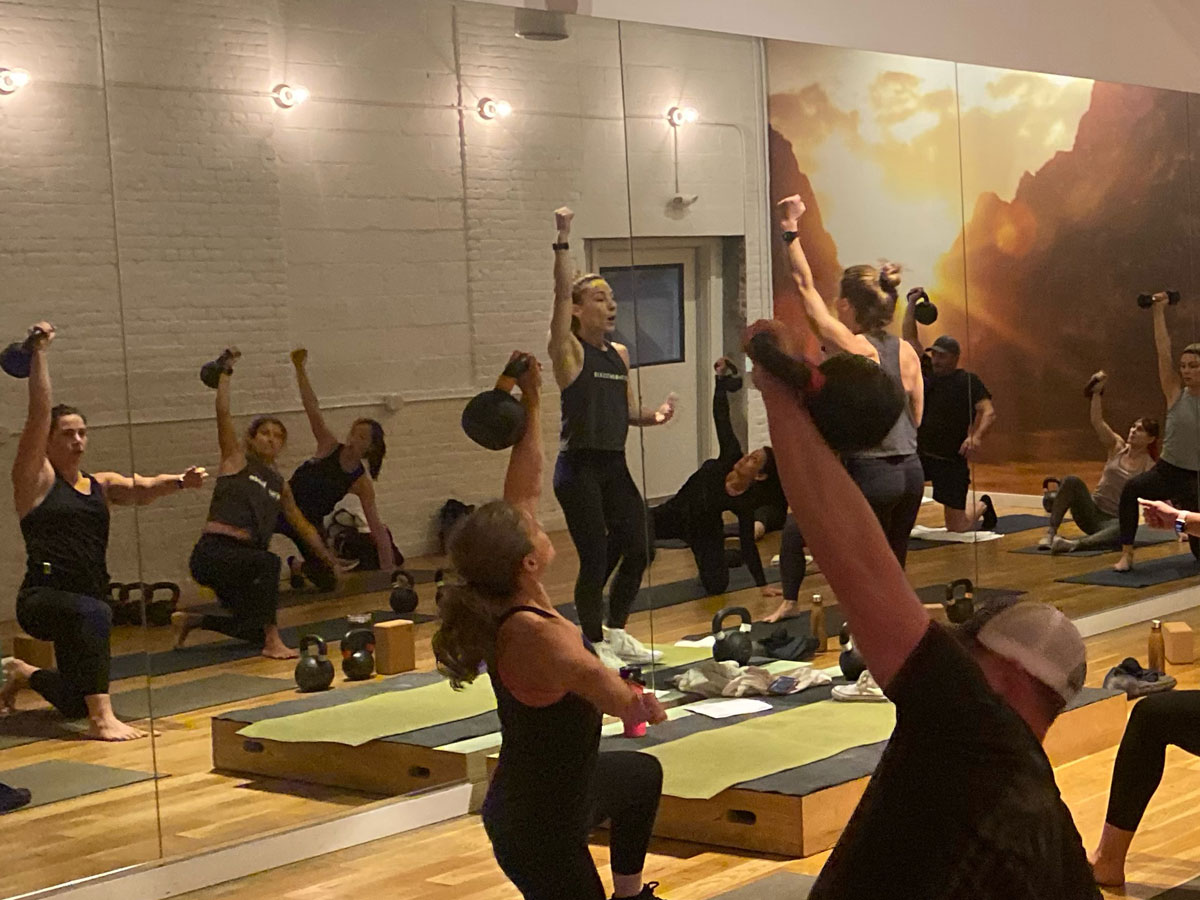
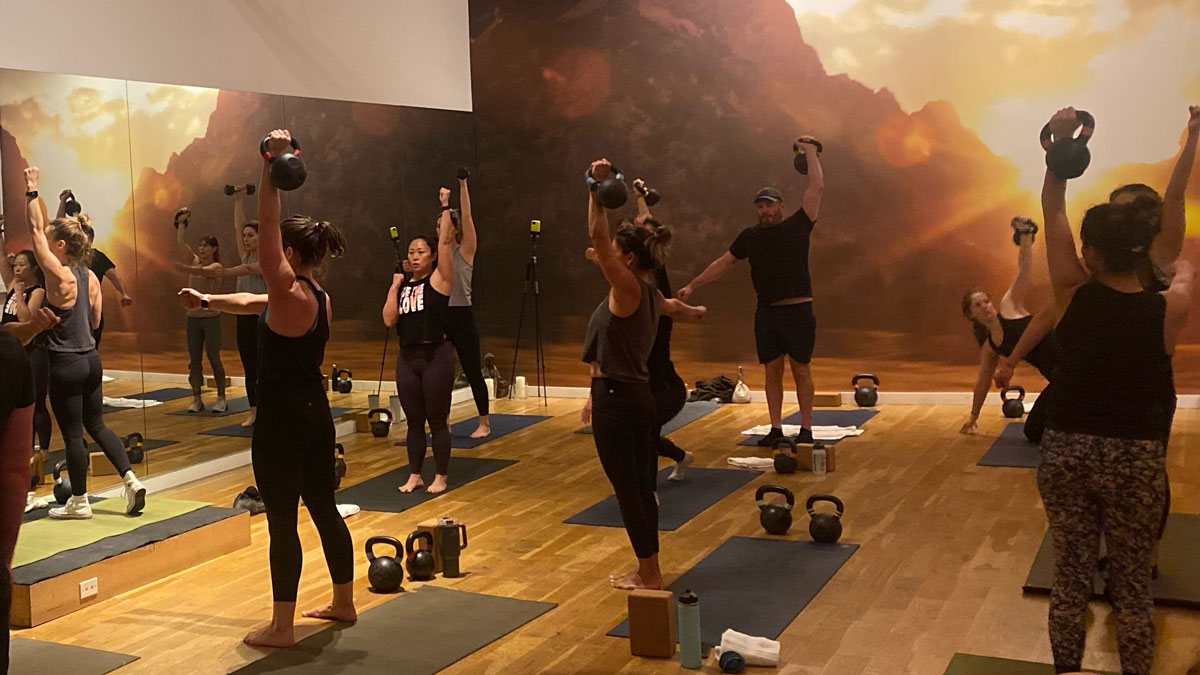
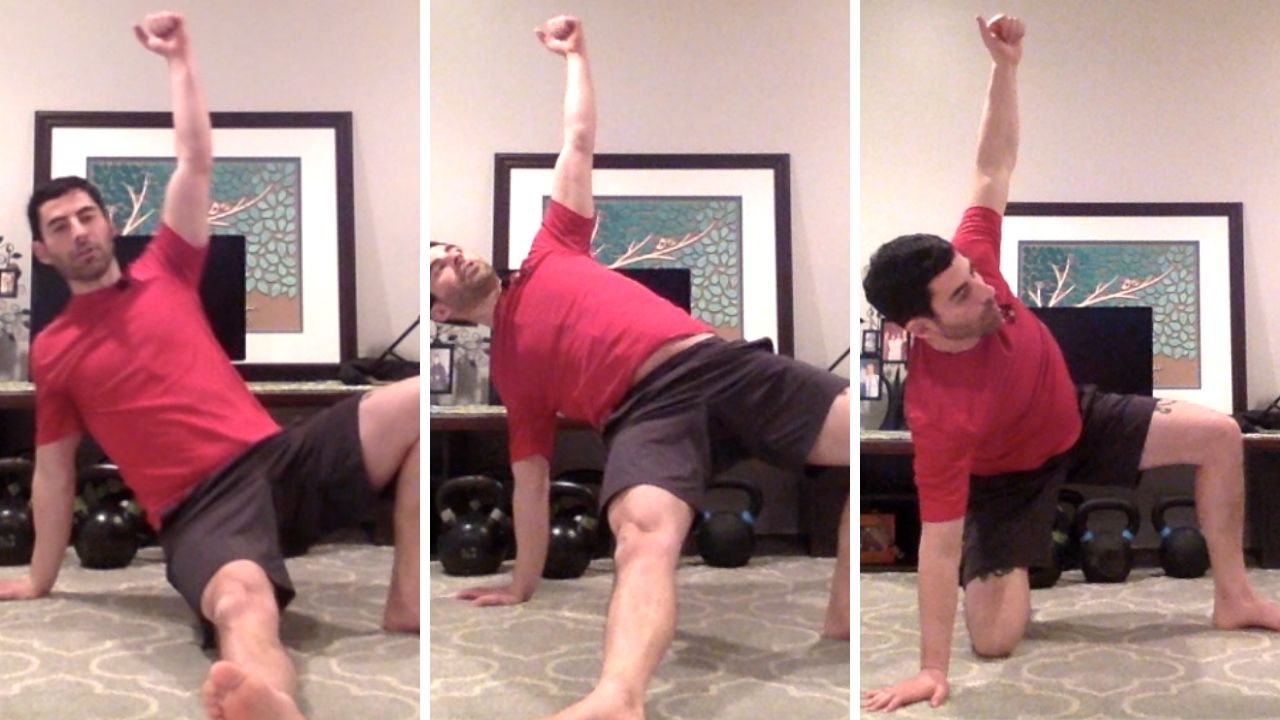
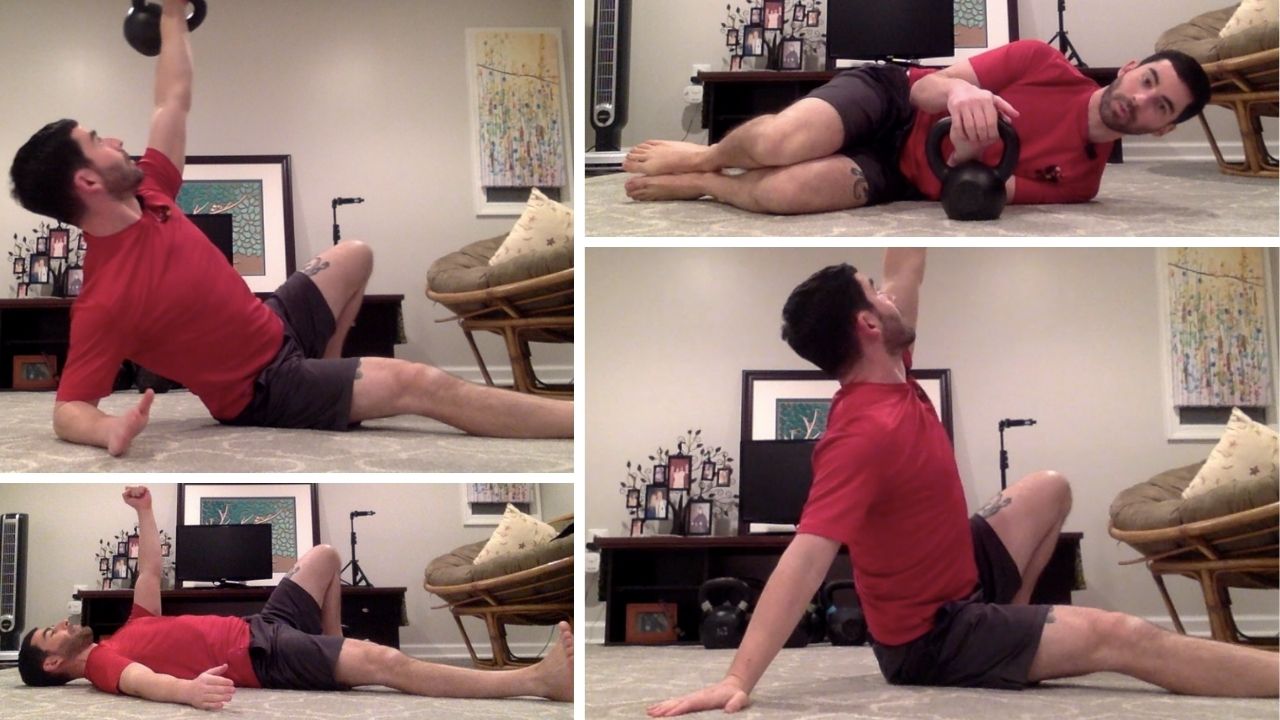
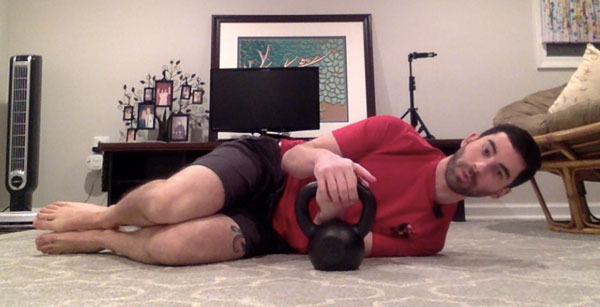
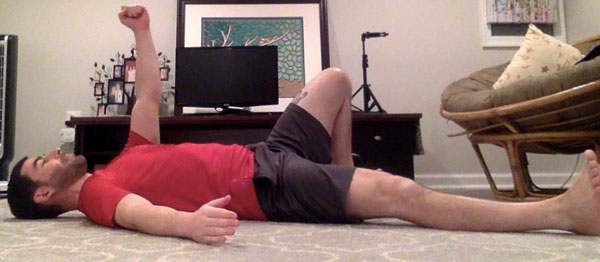
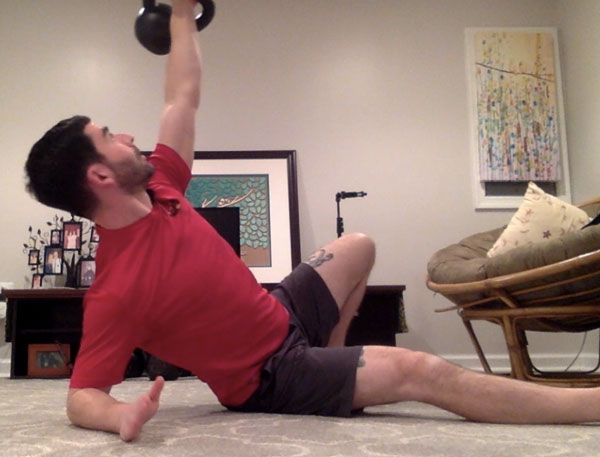
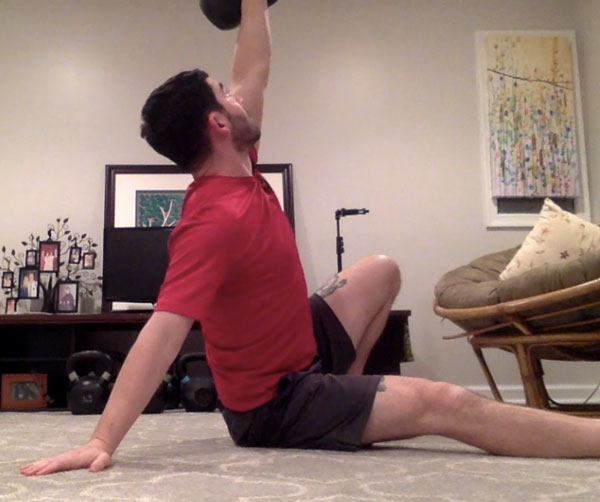
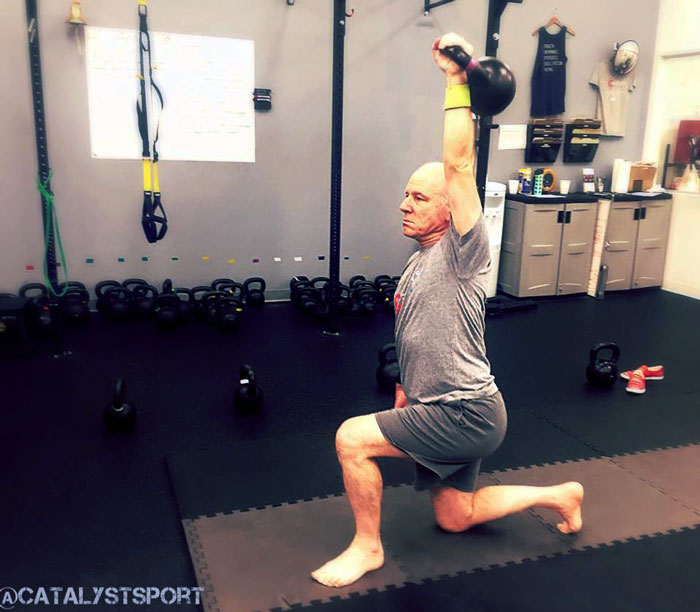
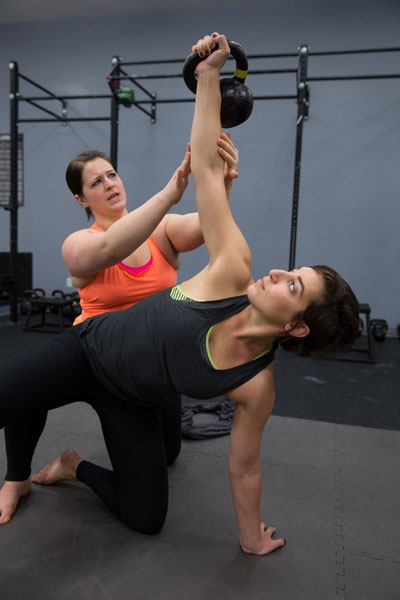
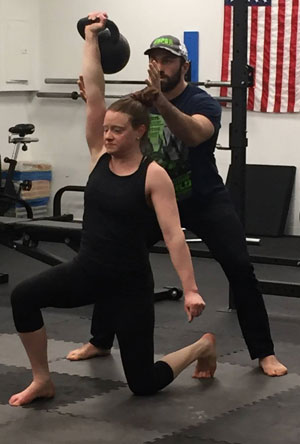
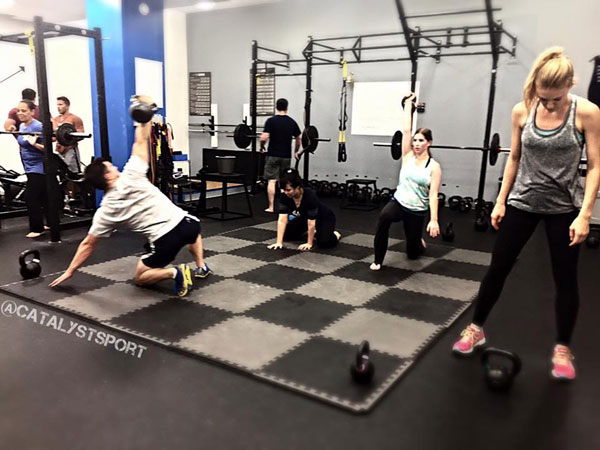
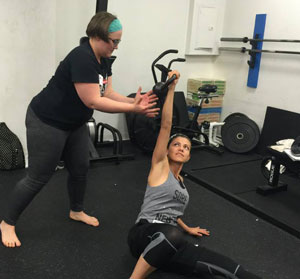
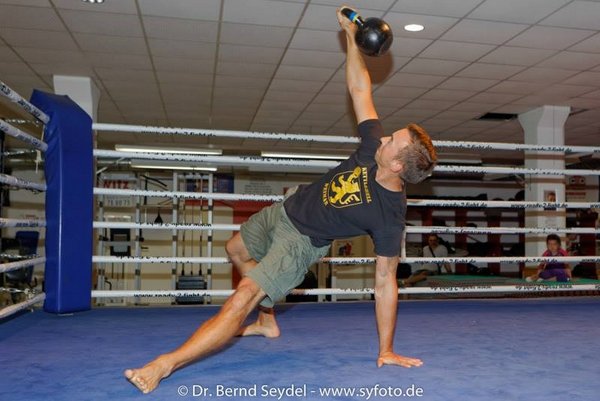
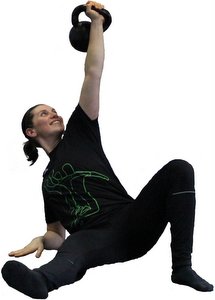 Your body learns to work as a whole unit when performing a Turkish get-up.
Your body learns to work as a whole unit when performing a Turkish get-up.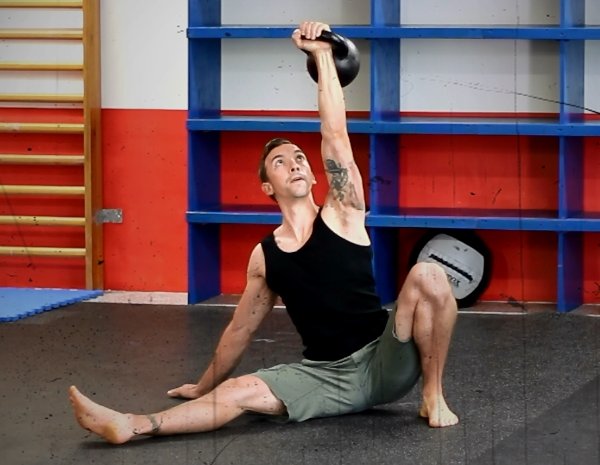
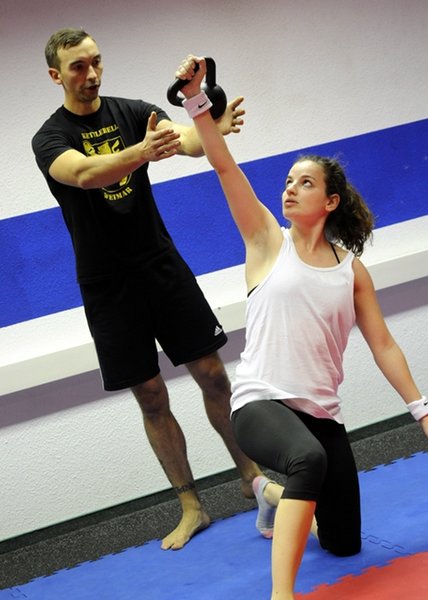
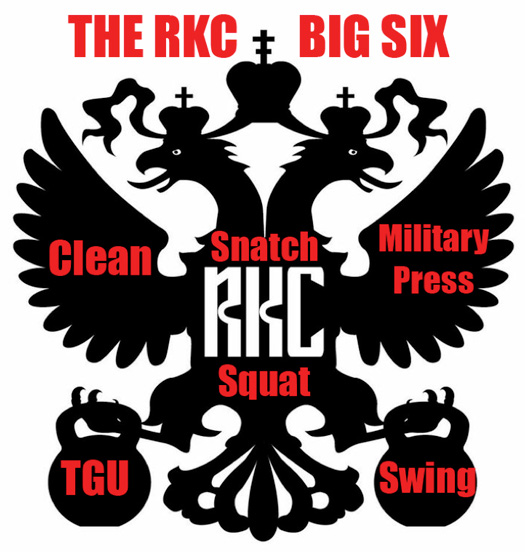
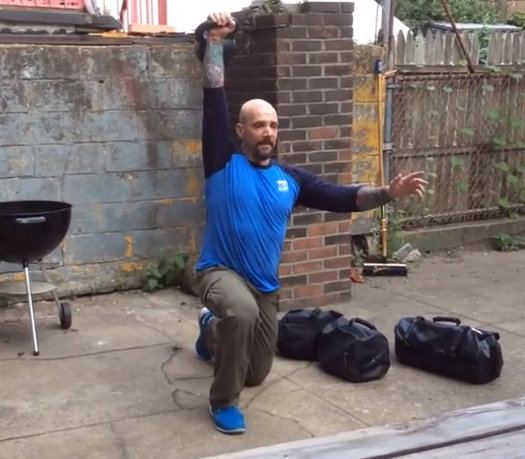
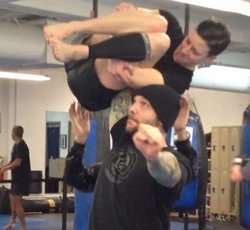 Personally, I find the three hardest parts of a get-up (regardless of weight) to be the initial roll to elbow, the half kneeling to stand and the final roll from elbow to your back. Whether it’s a
Personally, I find the three hardest parts of a get-up (regardless of weight) to be the initial roll to elbow, the half kneeling to stand and the final roll from elbow to your back. Whether it’s a 